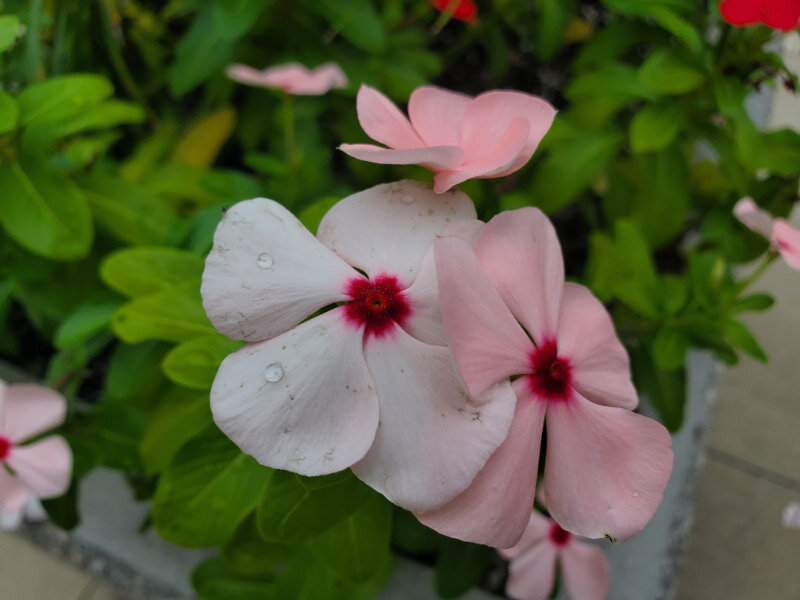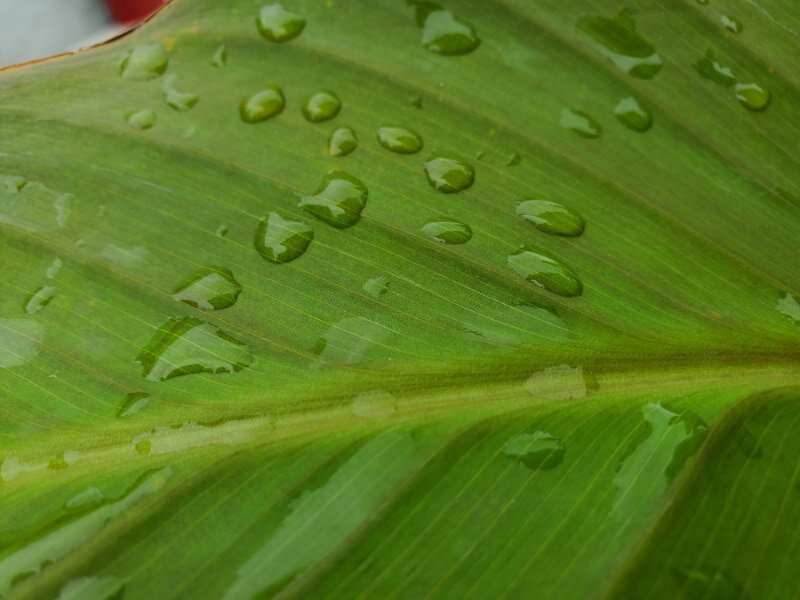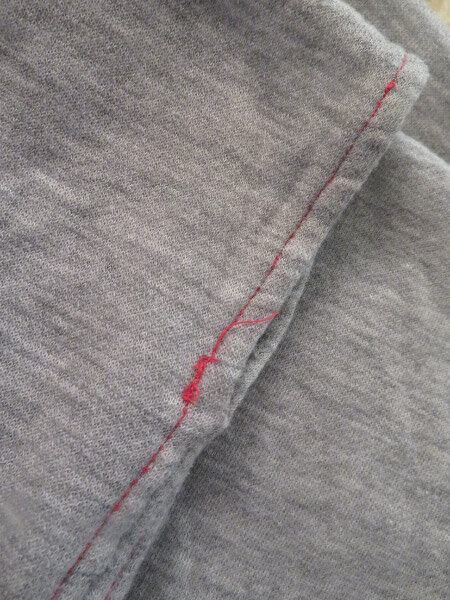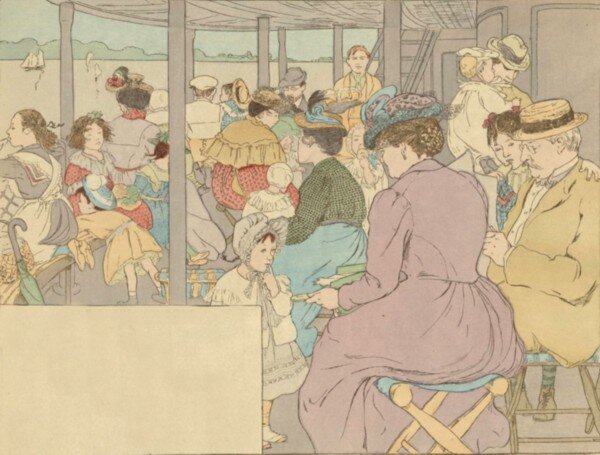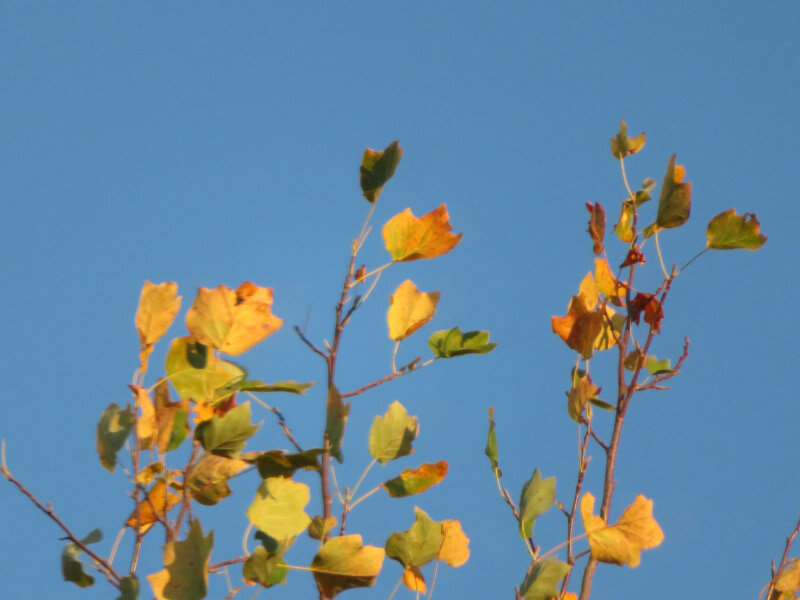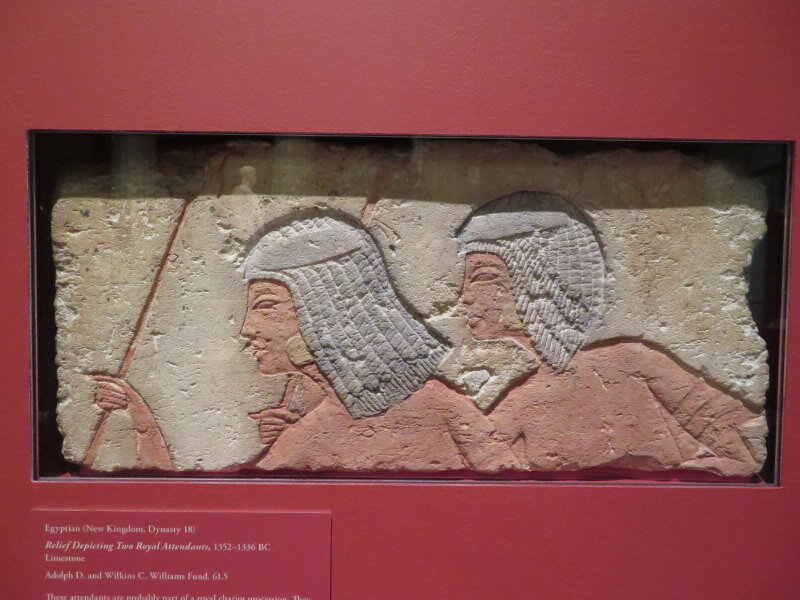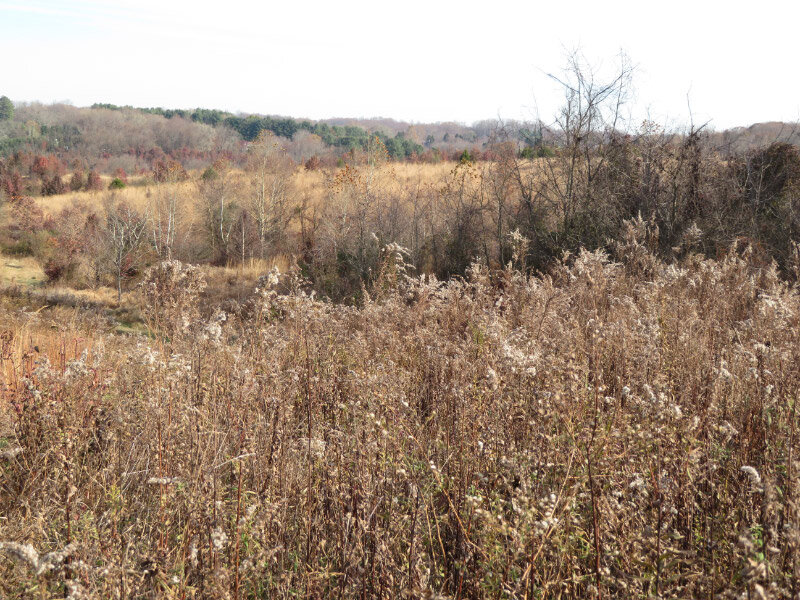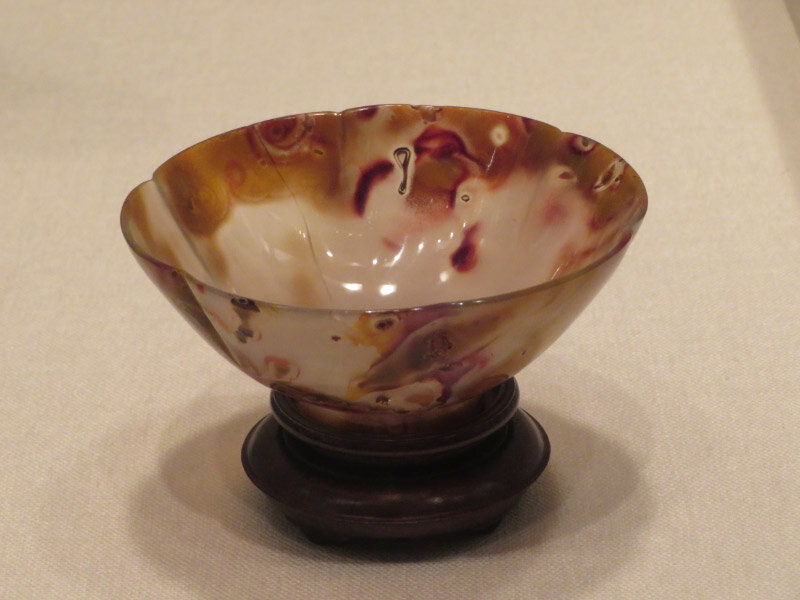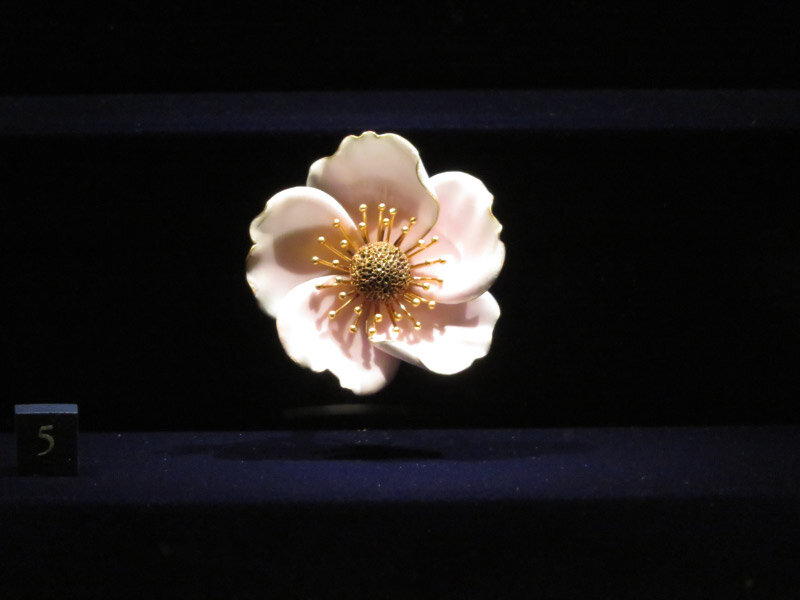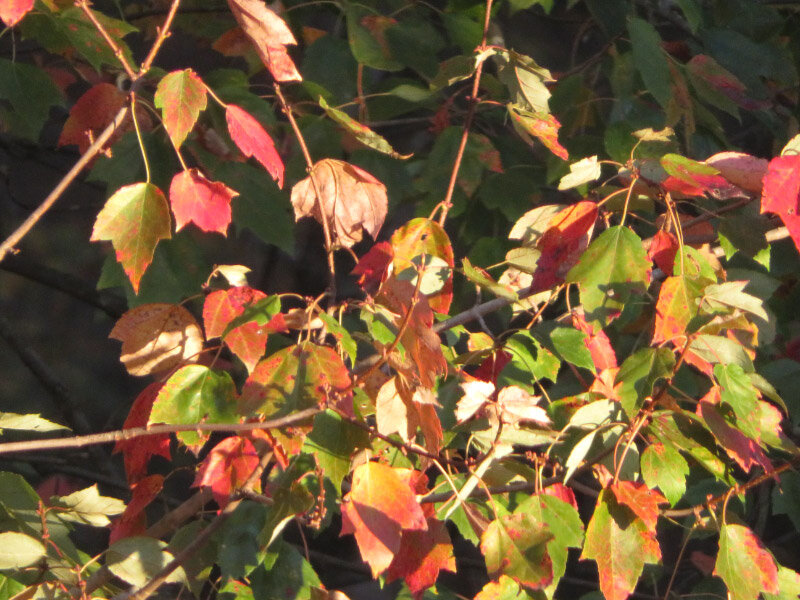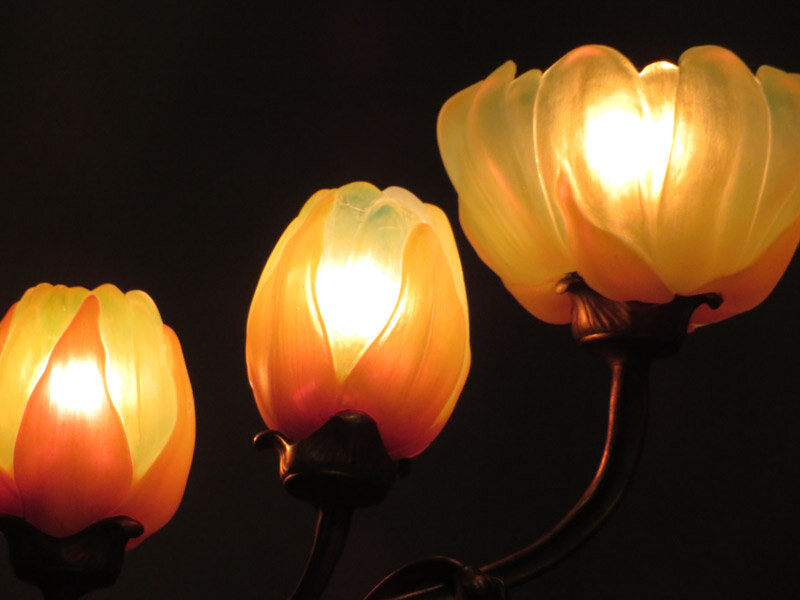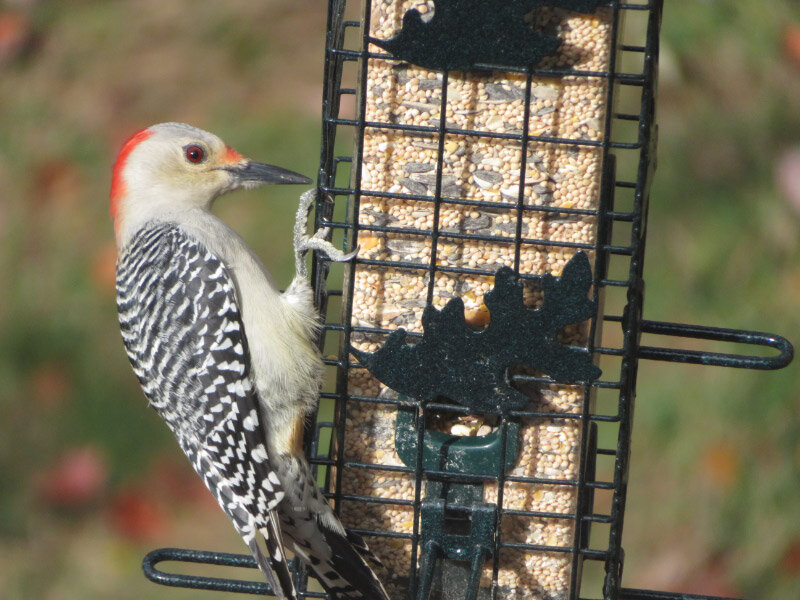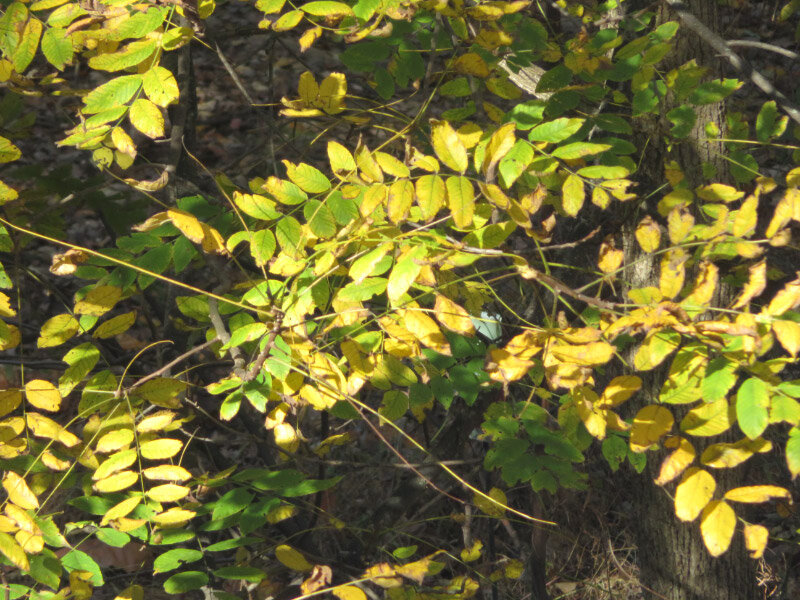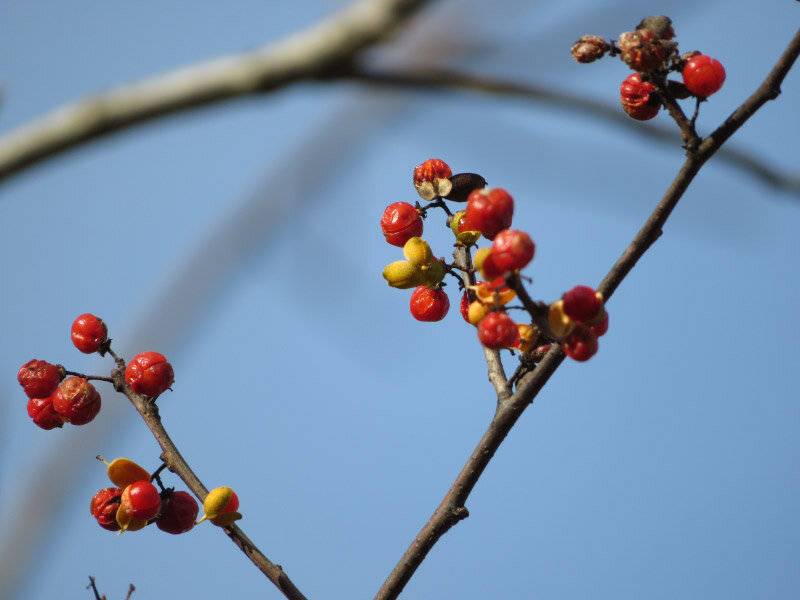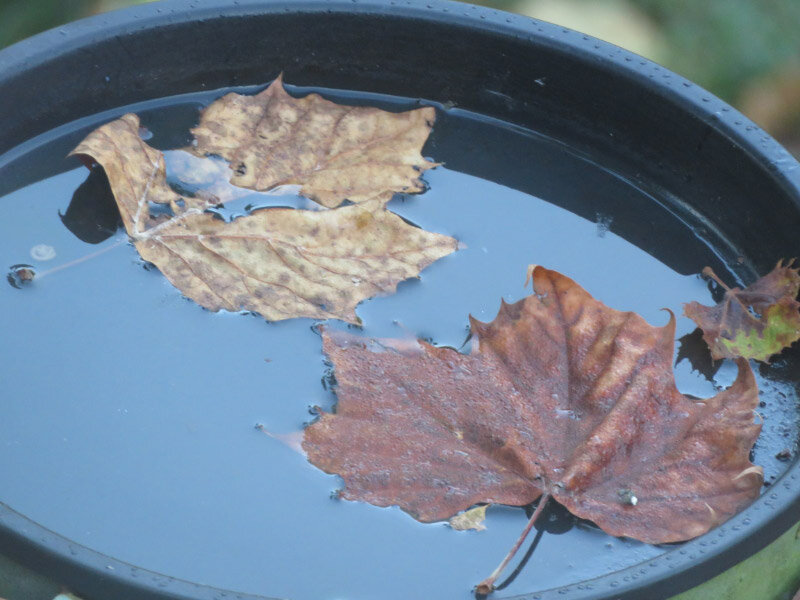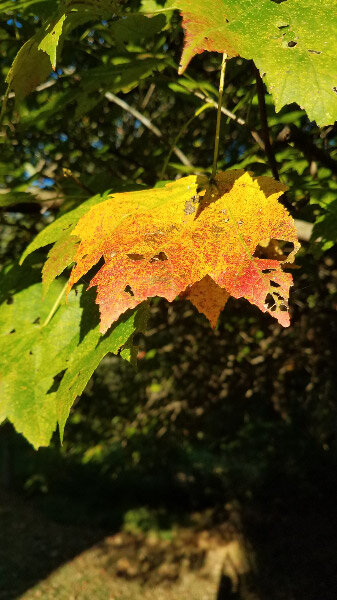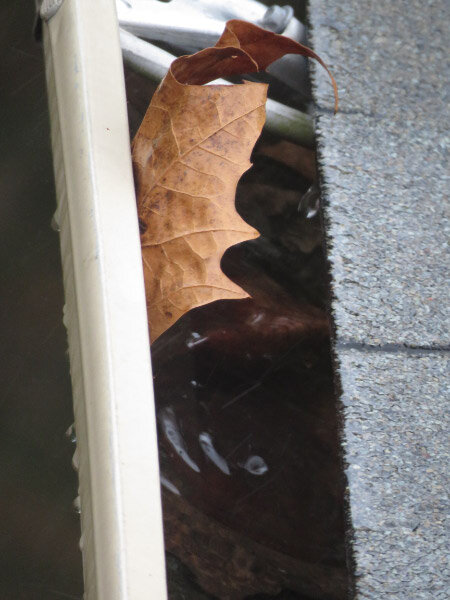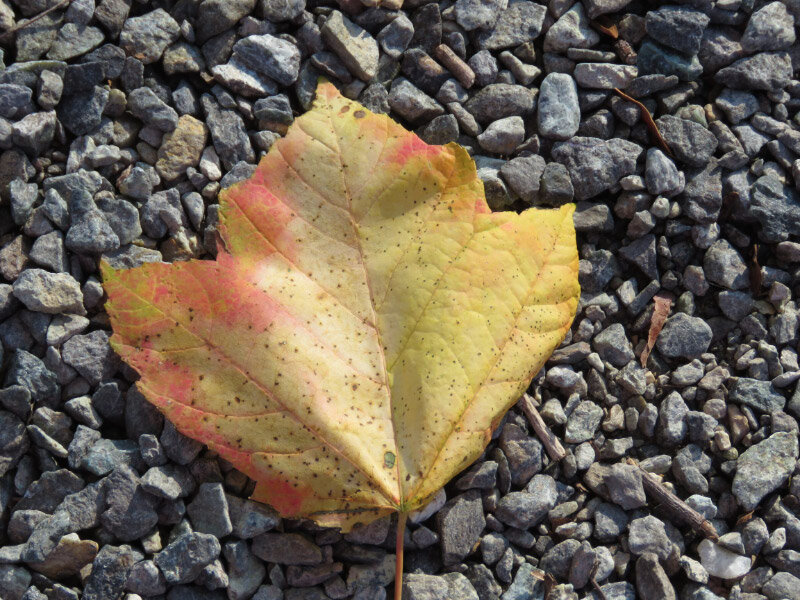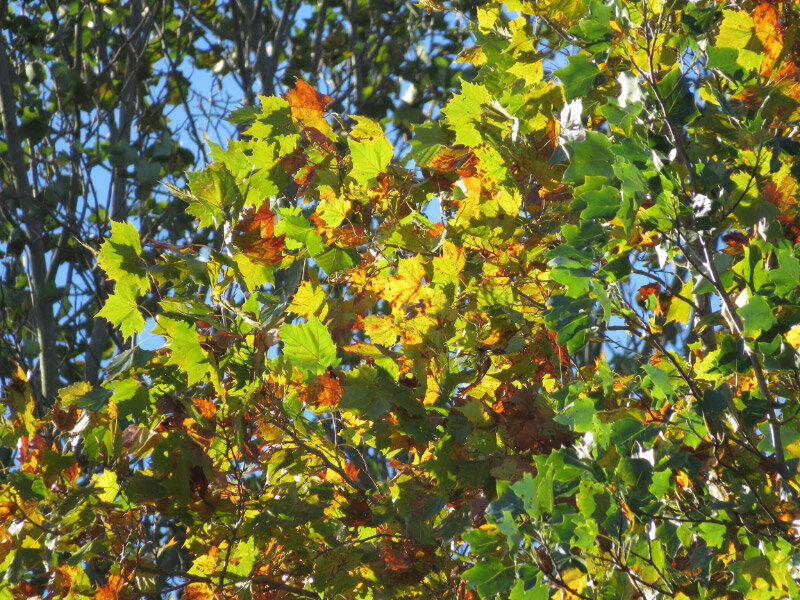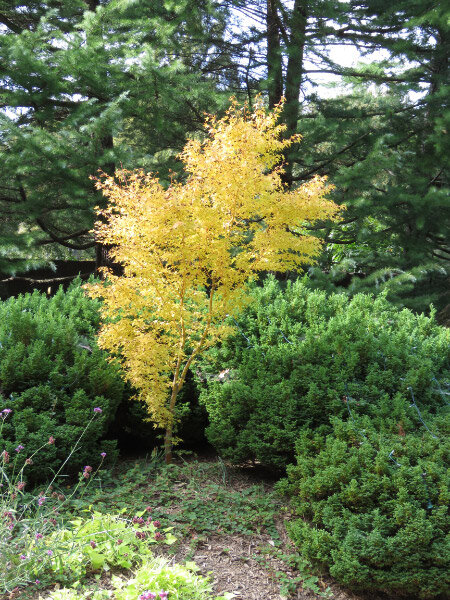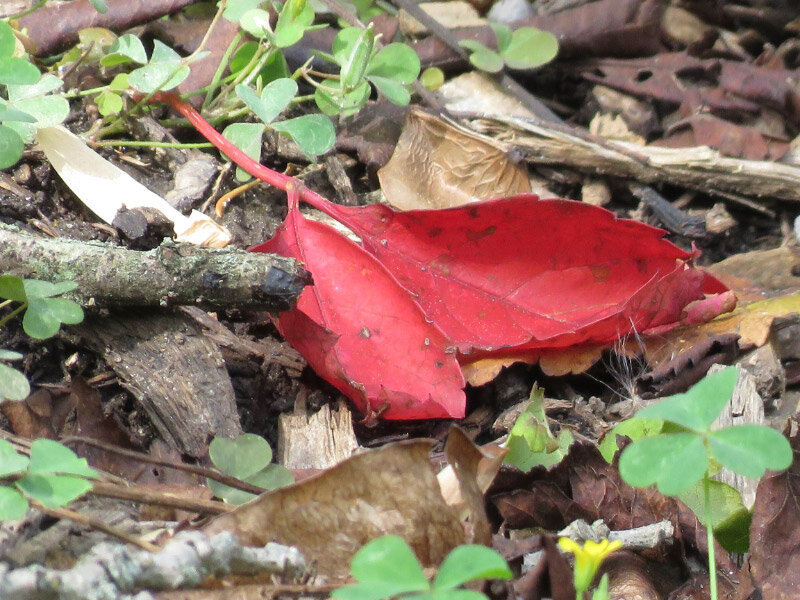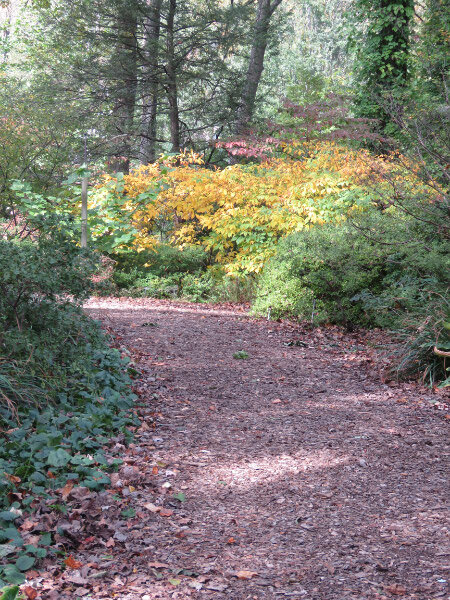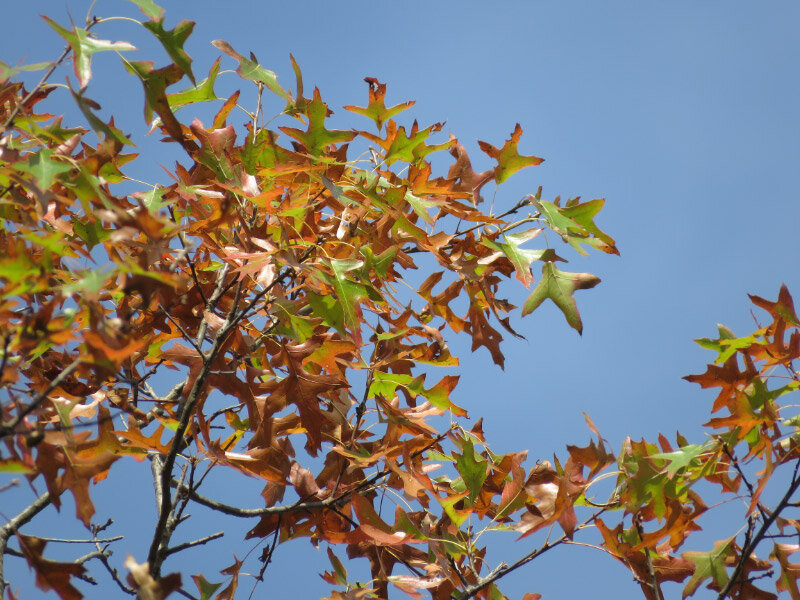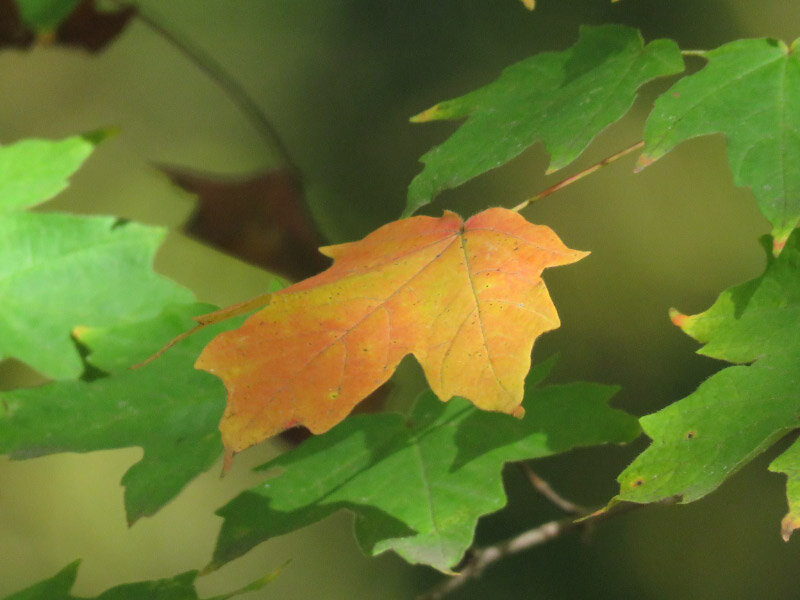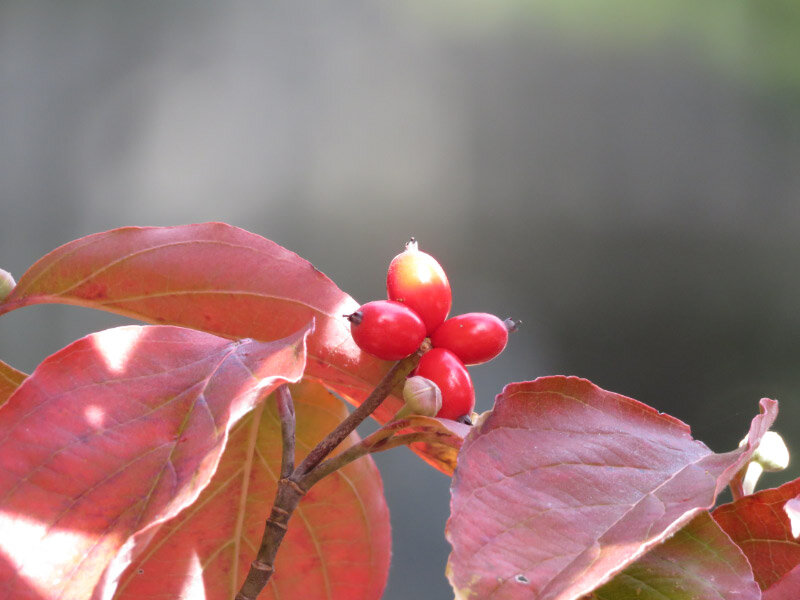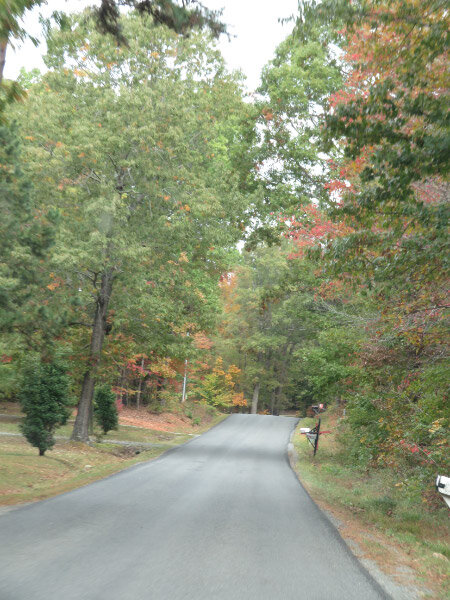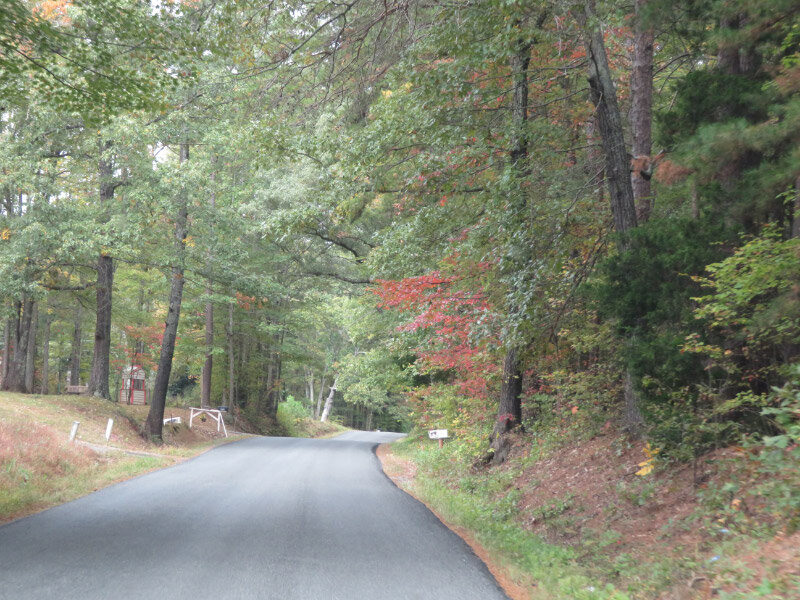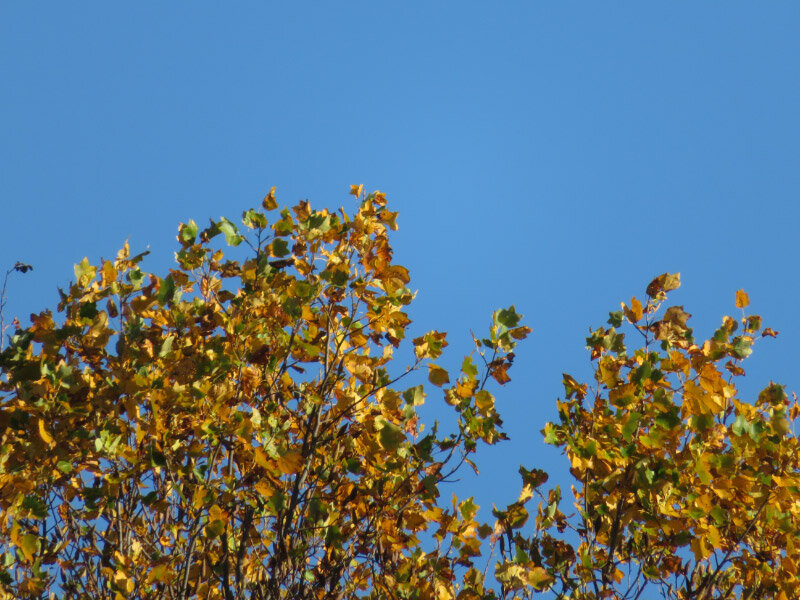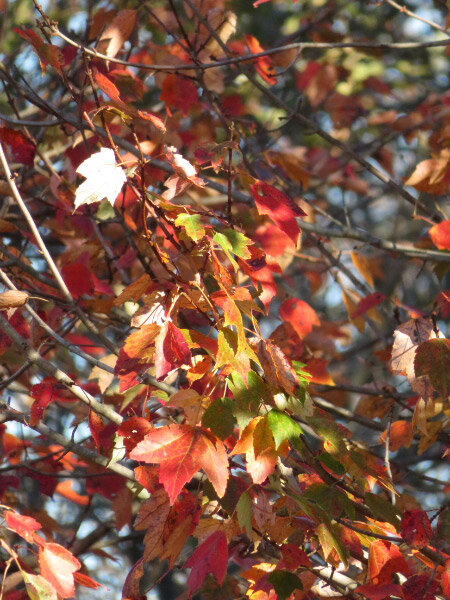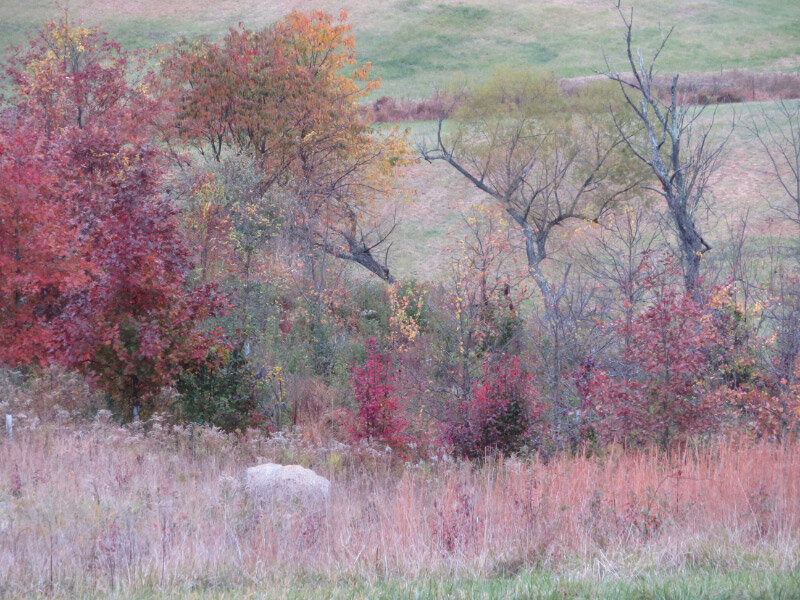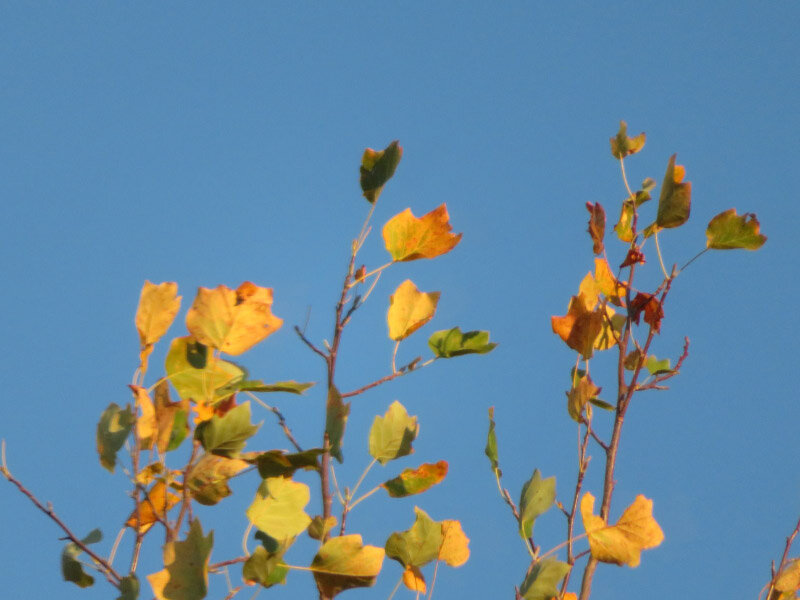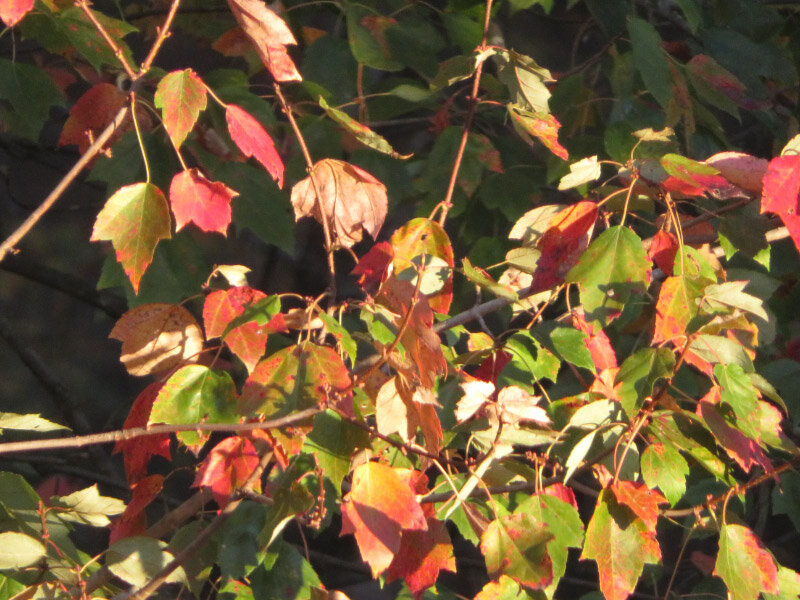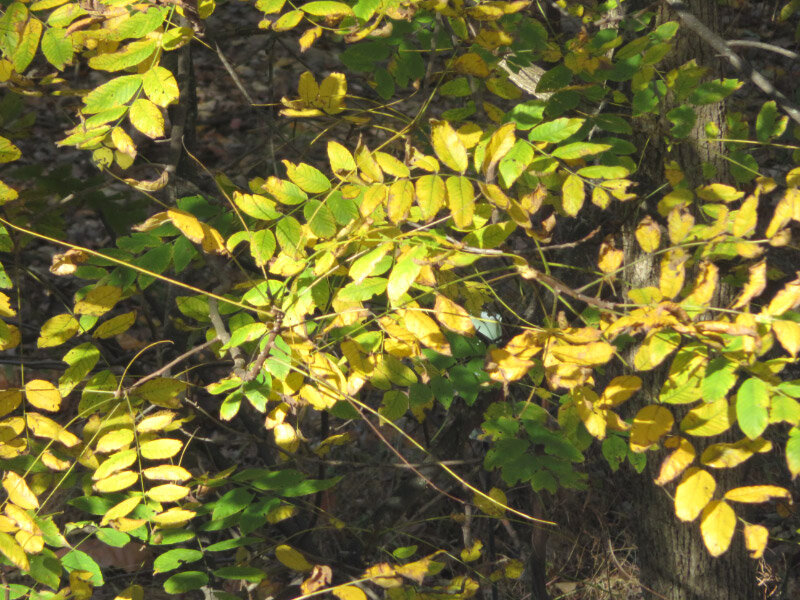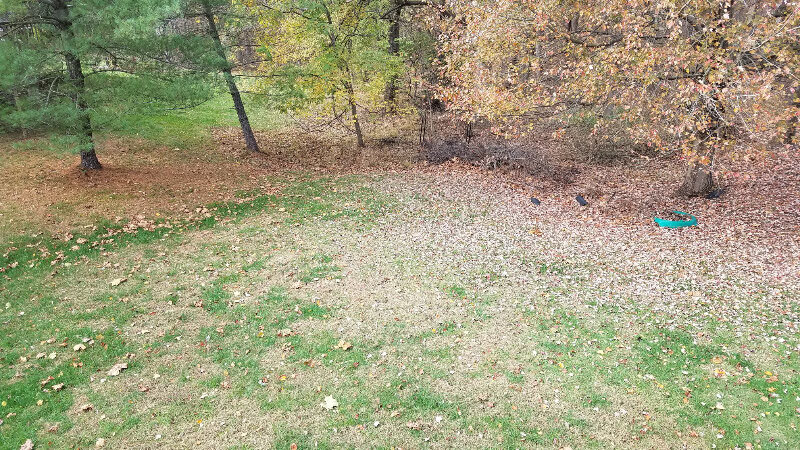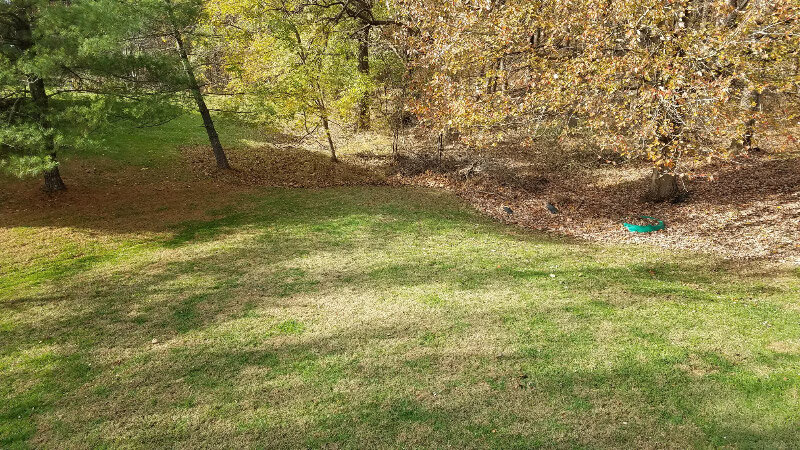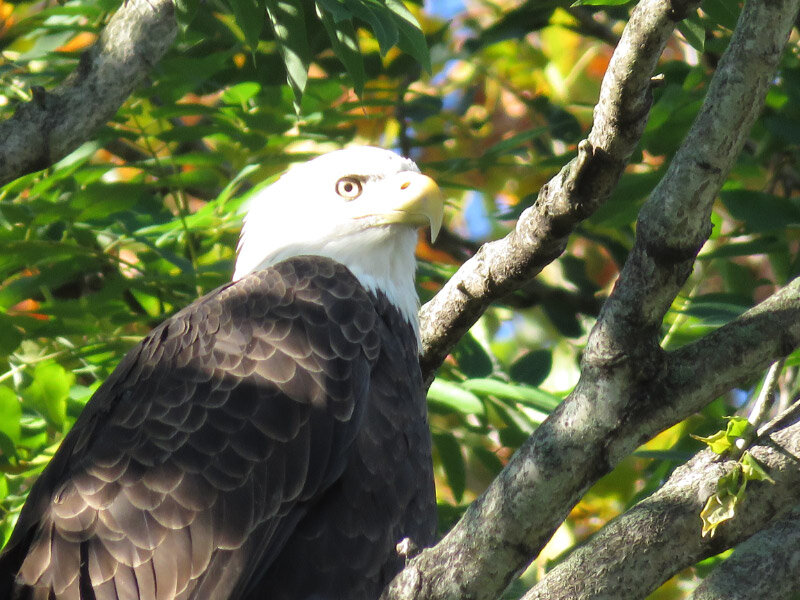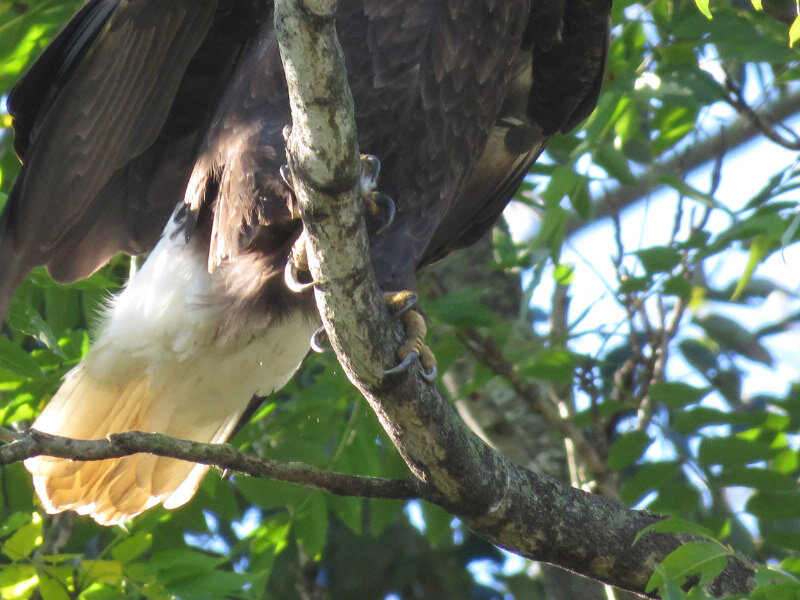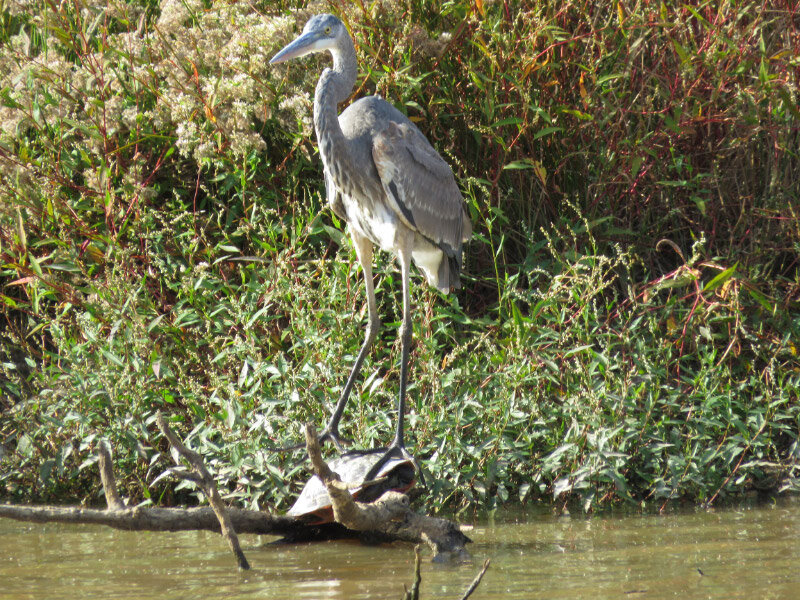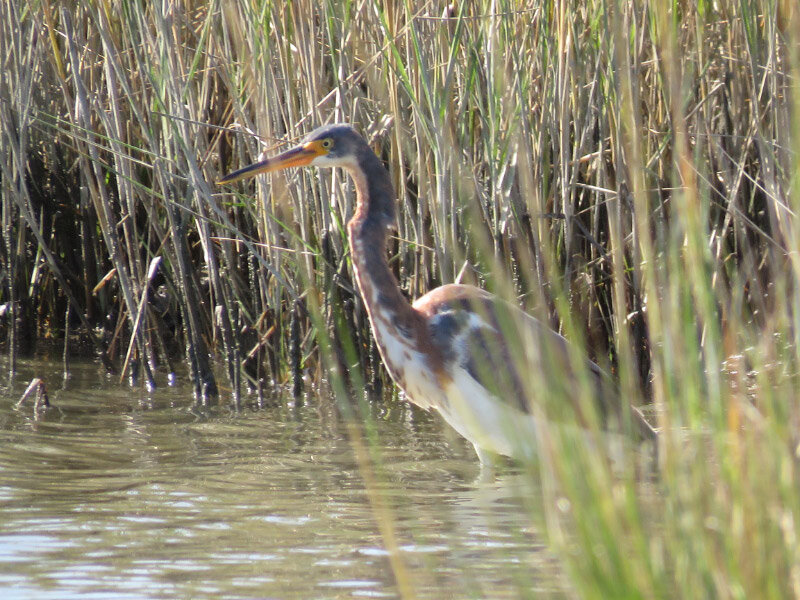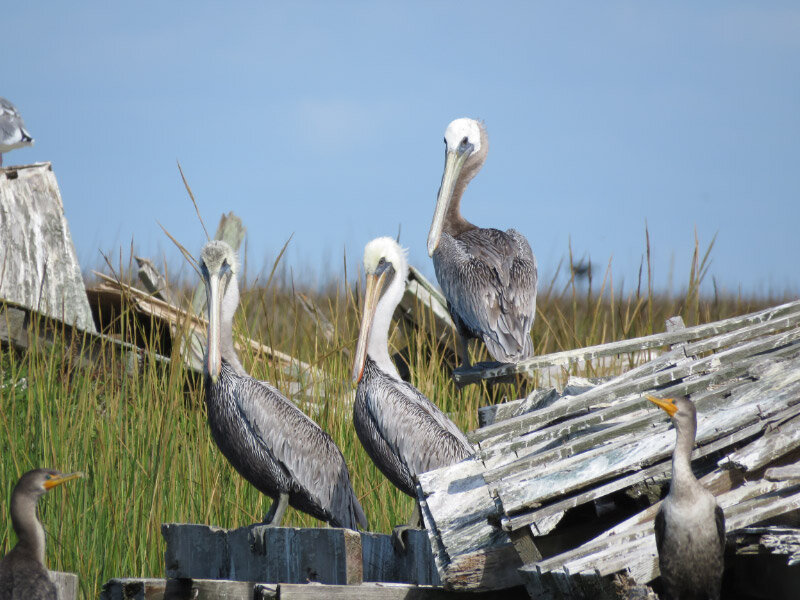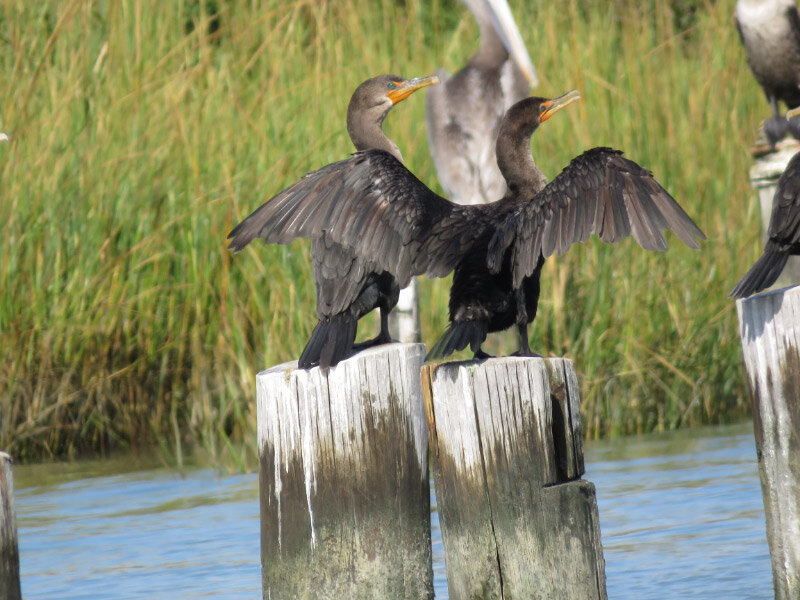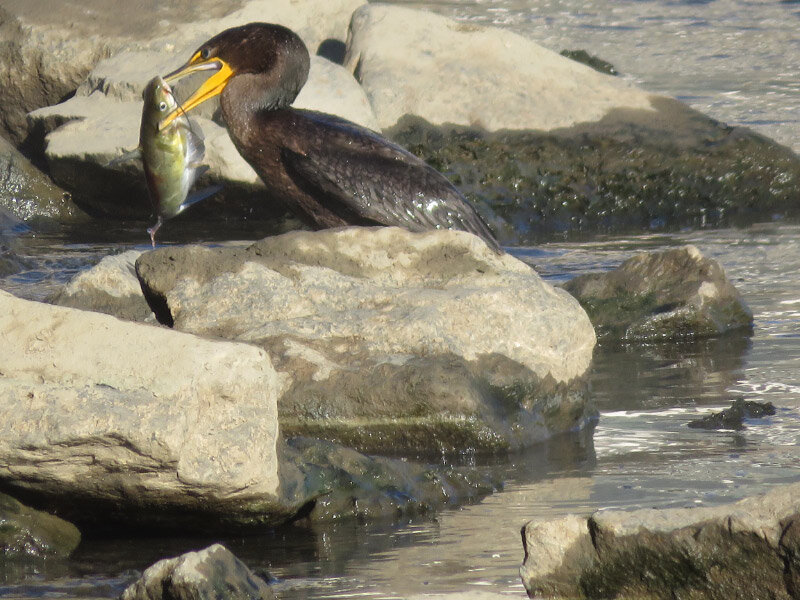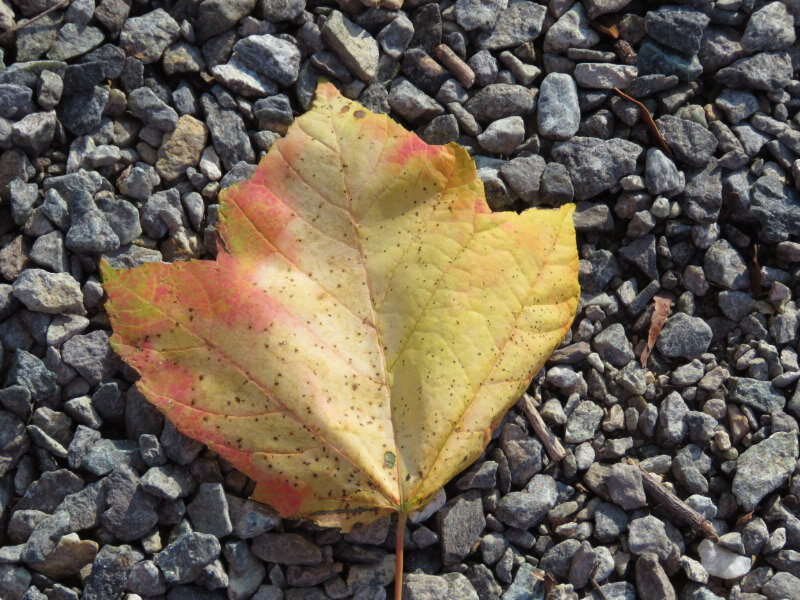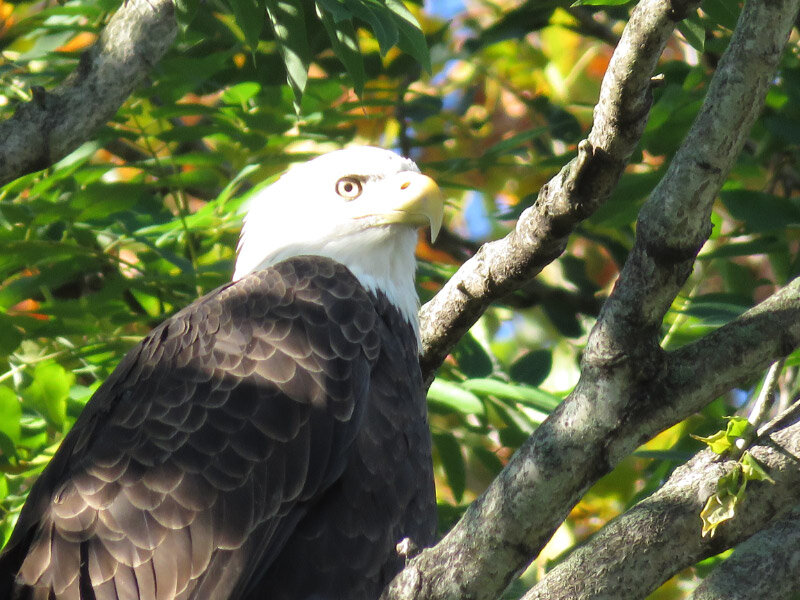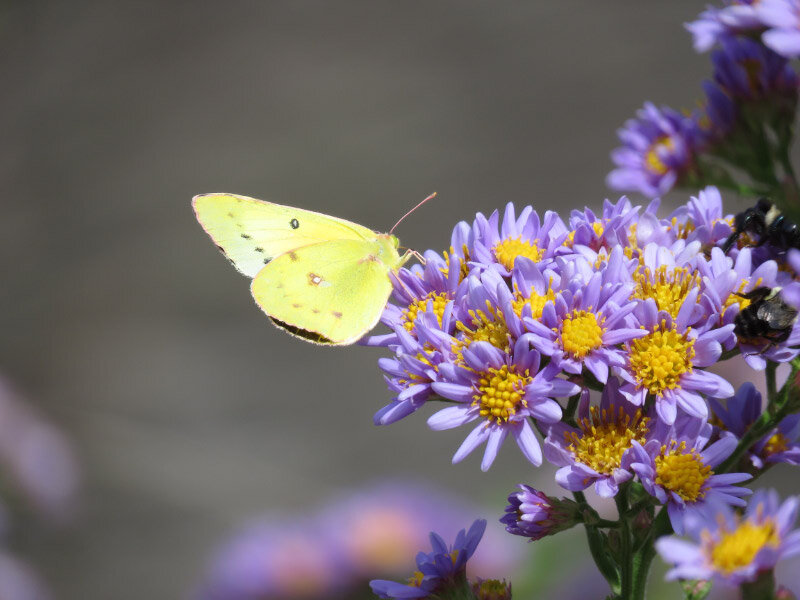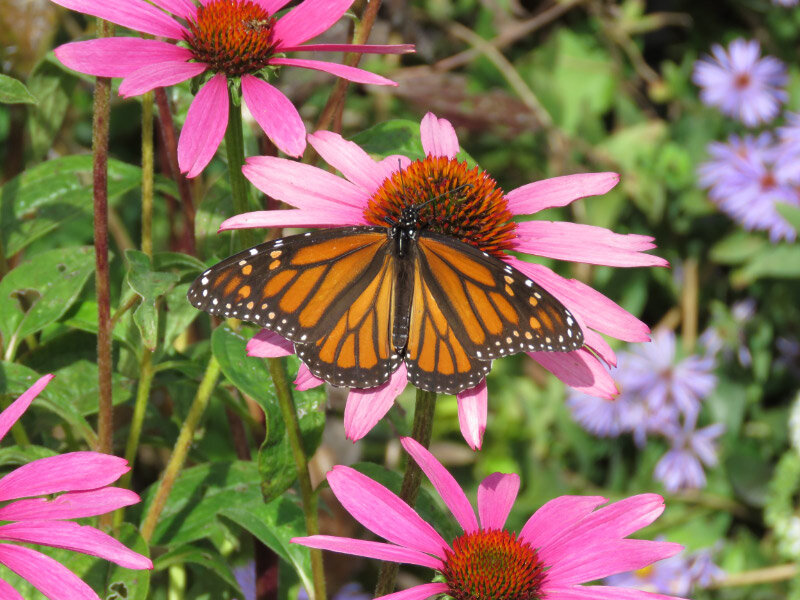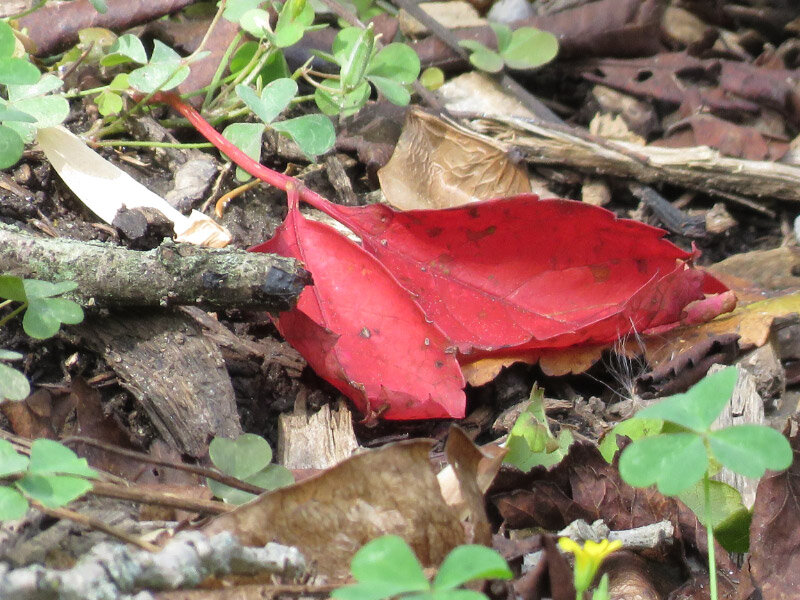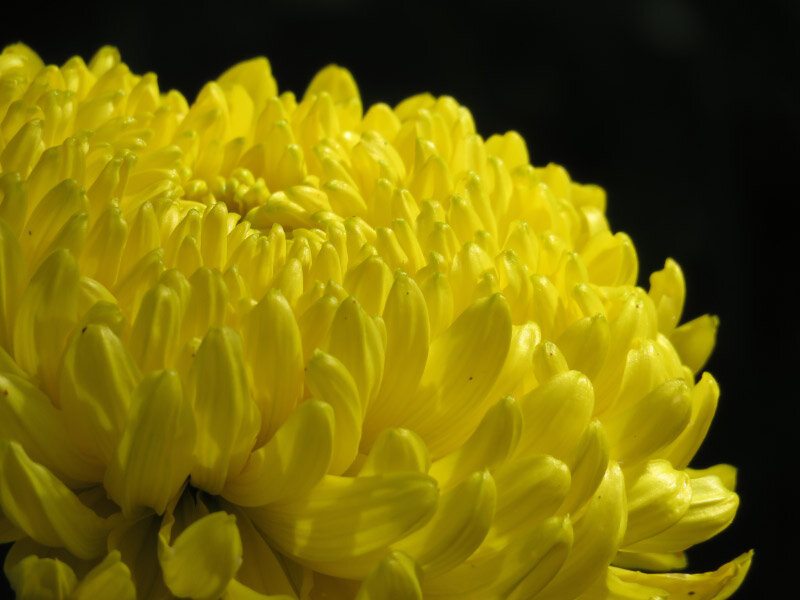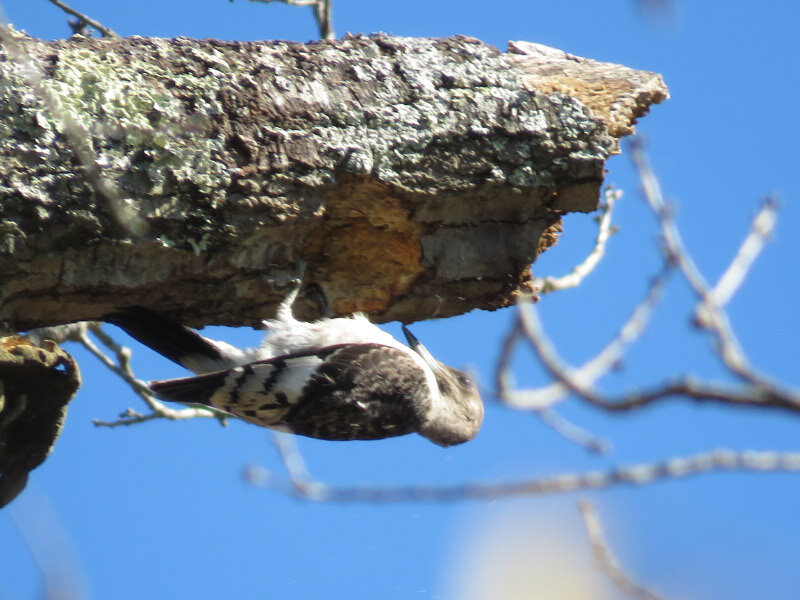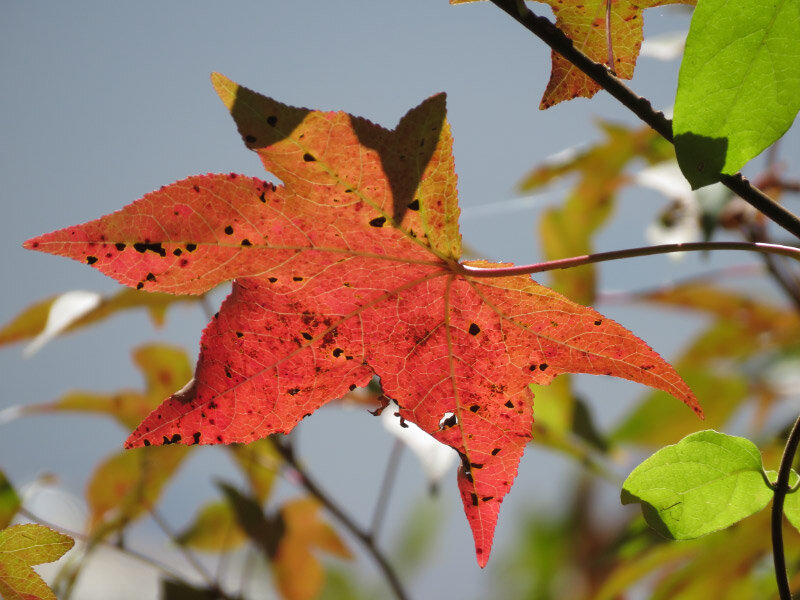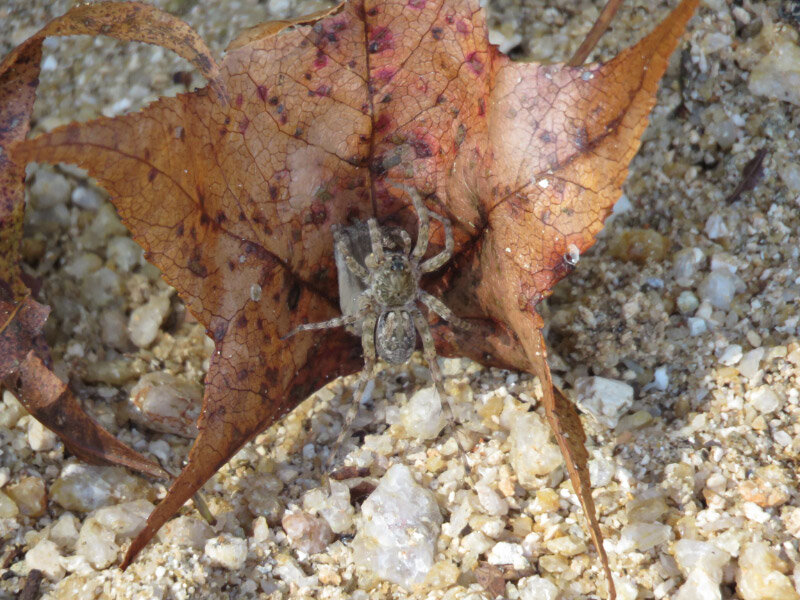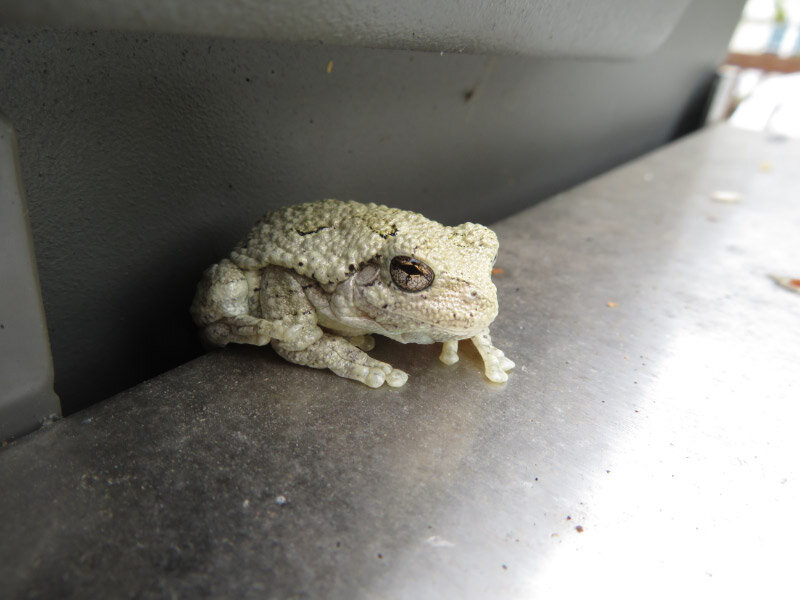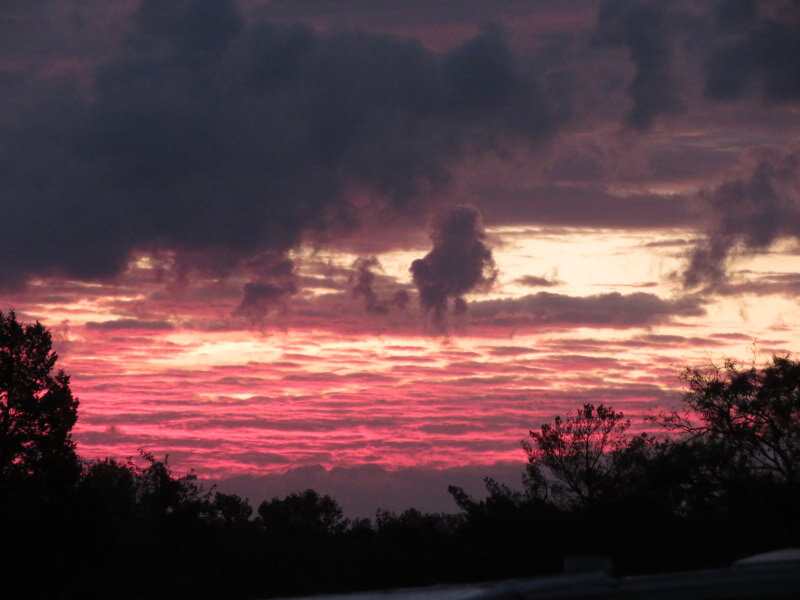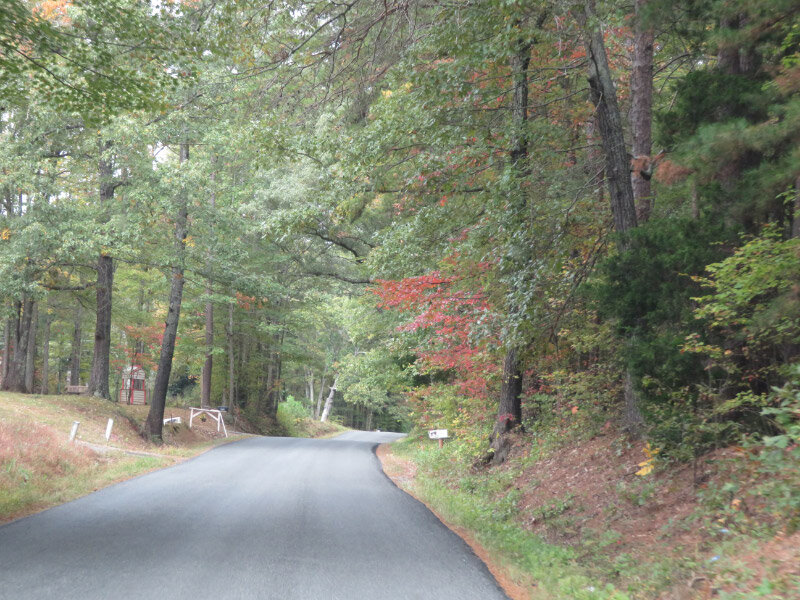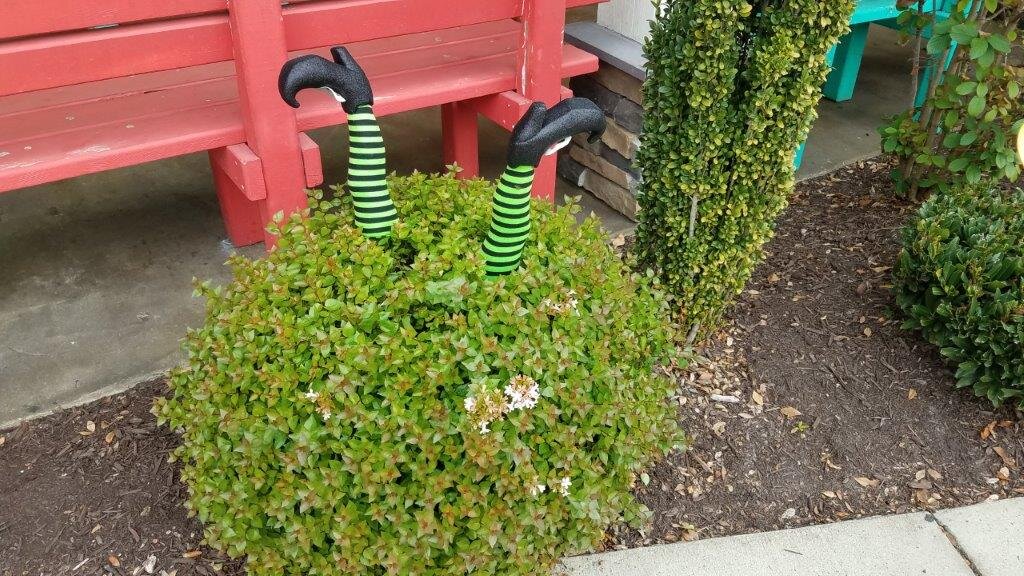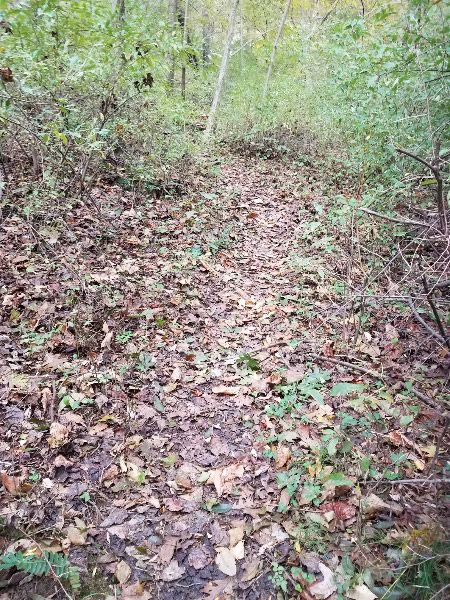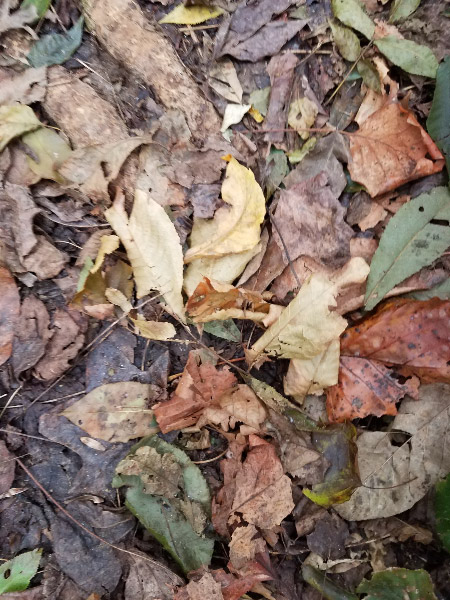Capturing Moments
/There are always things to notice…and we are often carrying around something (phone or small camera) that can capture the moment. Here are some recent nature captures:
At the car dealership while I waited for my car after its service…I photographed the flowers in urns with my phone; the water droplets on the big leaves were left from the rain earlier in the morning.
My attention was captured most by the flowers that had dropped and always to land upside down with there stems pointed skyward. They must have been knocked off by the rain.
Next - I was walking down the driveway when I spied something round in the driveway. I went back to the house for my small camera. Once I looked more closely, I realized it was an crushed acorn that had stayed together rather than scattering into pieces. It still had the cap (on the bottom)!
The blue jays come to our deck frequently, but I hadn’t ever seen them on the feeder. There is a reason….the roost are too close together for the birds (see how the bird is ducking and can’t perch on the roost normally) and their weight is enough to partially close the openings where the seed is available. This bird did get a few seeds but flew away and didn’t return!
Unique Activities for Yesterday:
Cocoon. One of my oldest pieces of clothing is a ‘cocoon’ I made back 1985. I use it during the change in season when it’s too cool to go without a wrap but then warms up and I want something that lets in more air…then off and folded up neatly. It is made of gray cotton fleece. Its current dimensions are 19.5” x 62” – probably stretched out over the years. The construction is two French seams (narrow dimension) with an arm hole left on the fold end. It’s a semi-structured blanket!
And then a folded under hem of around the edges. I used red thread to break the monotony of the gray fleece.
It folds neatly making it easy to carry and pack. It’s something I wear frequently enough to keep even though it is about 35 years old since I remember making it in the fall!
First day of autumn. It was 40 degrees this morning…very autumn like. The oak and sycamore are dropping leaves, but the tulip poplars and maples are still very green. We have a lot of acorns on the driveway that I need to sweep up and take back to the forest.

